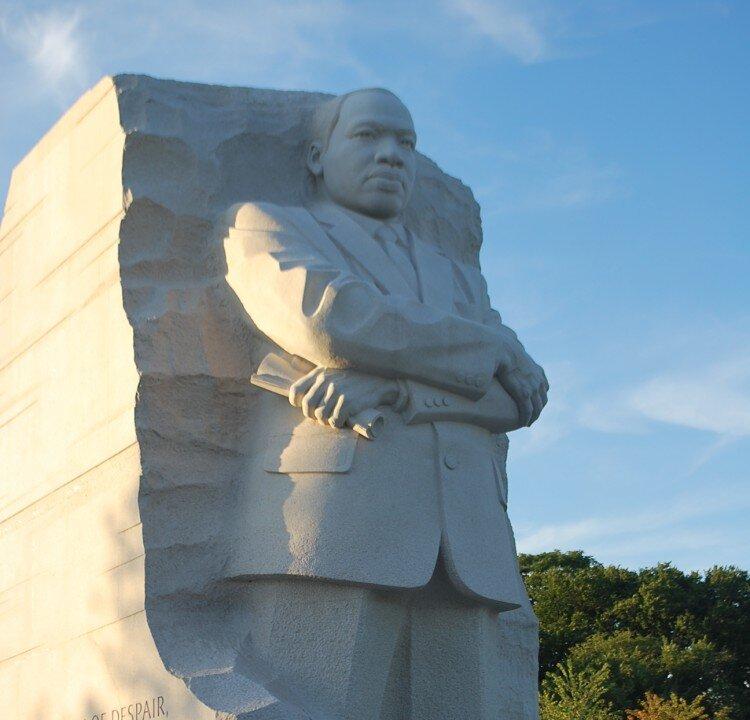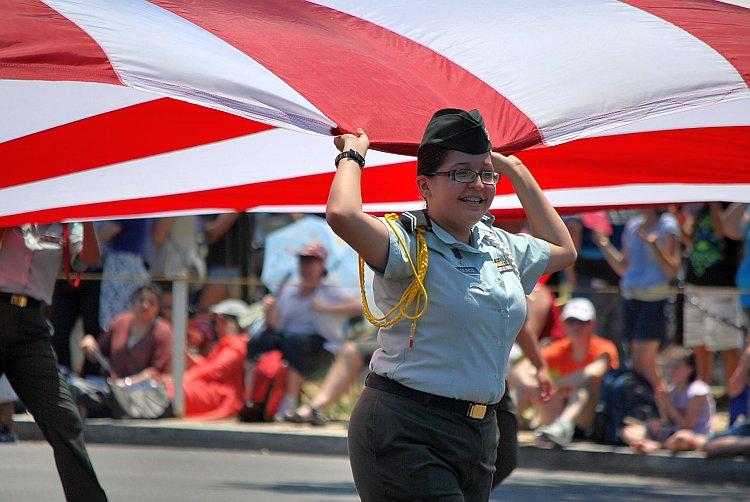MLK Memorial Draws Visitors Despite Canceled Events
Even though Hurricane Irene derailed this week’s formal dedication of the memorial to the Rev. Dr. Martin Luther King Jr., the site has already become a place of pilgrimage.

Martin Luther King's memorial on the National Mall. Ronny Dory/Epoch Times Staff
|Updated:

